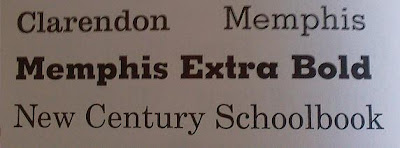
This shirt has a very good design in my opinion. All the text and Numbers on the shirt are very clear and have excellent contrast. The Font of the numbers is clear, bold and easy on the eye. The font of the "Nuggets" is interesting, but still not too hard to read or to see. This shirt is 100% polyester which makes it a good shirt to wear when you are sweating, it is also a strong material. The light blue color on the sides of the shirt with the yellow stripe symbolises the main colors of the denver nuggets. This jersey has such features as a multi-layer twill Nuggets crest, embroidered NBA logo on the arm, and twill player name and number on front and back. This shirt is very comfortable, durable, classy and interesting. What more can you want from a basketball jersey. This is a great basketball jersey design.















